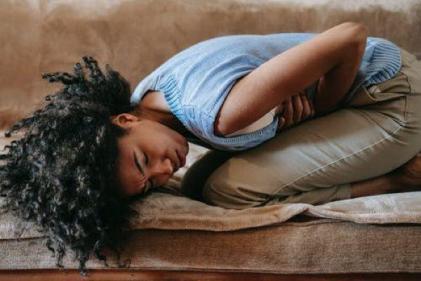Roseola is a mild viral illness that comes on suddenly with high fever followed by a rash. The average age of a child with Roseola is 9 months. The fever that comes with Roseola can be considerably high, averaging 39.7 degrees Celsius.
Roseola is caused by a virus called human herpesvirus 6 (HHV-6) and less commonly by human herpesvirus 7 (HHV-7) in children 6 to 24 months of age. The virus is spread through transfer of saliva, but is not extremely contagious. Incubation for Roseola is about ten days.
Typical symptoms begin with the fever that will last from three to five days. In toddlers, the fontanel, or soft spot on the head will sometimes bulge and the glands in the neck will be swollen. Additionally, a runny nose and puffy eyelids accompany the fever. Once the fever dissipates, a rash forms usually on the neck, trunk and back. The rash will look like raised dots or flat spots that are red but will turn white when you apply pressure. The rash will generally last two to four days.








